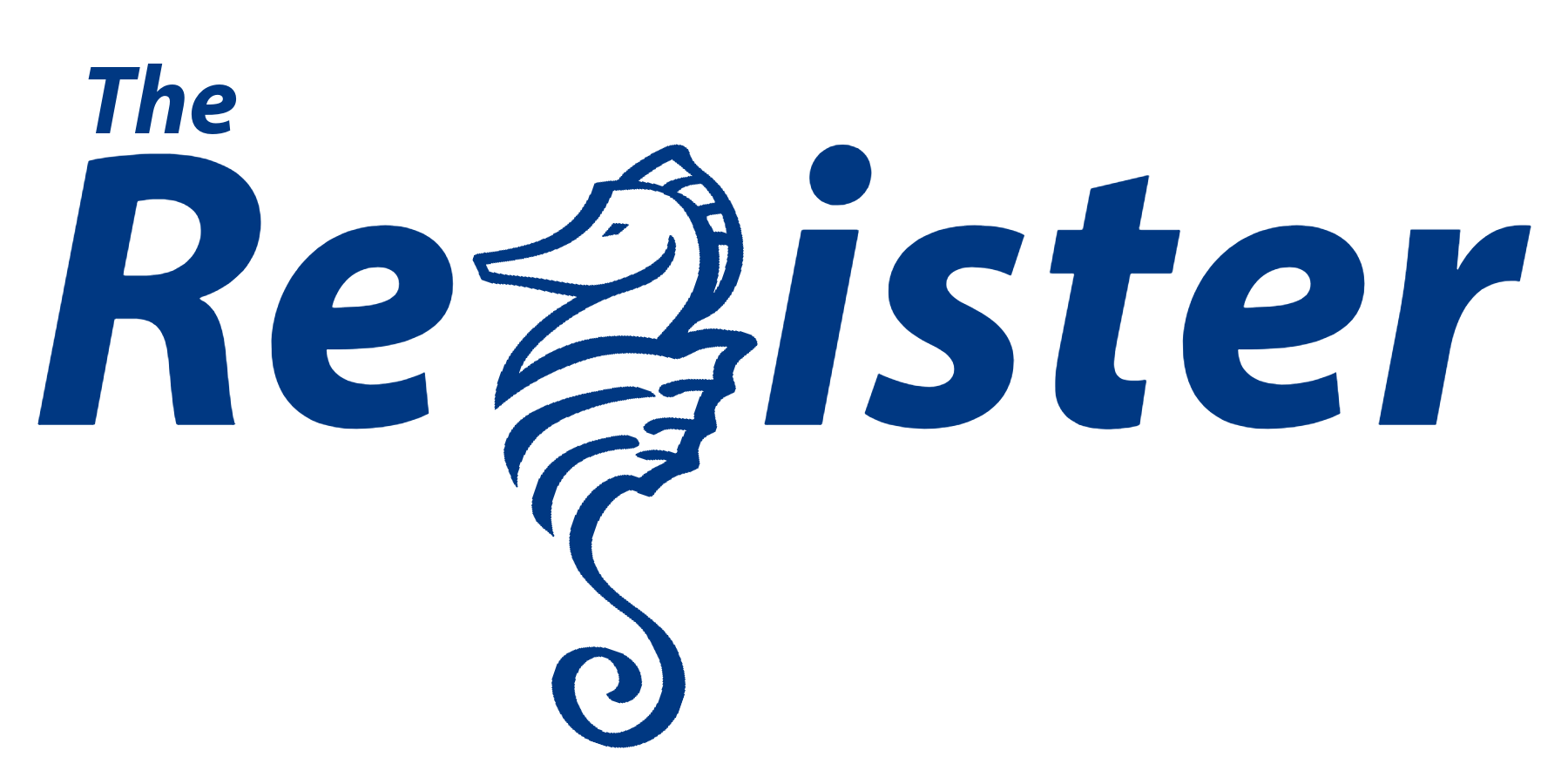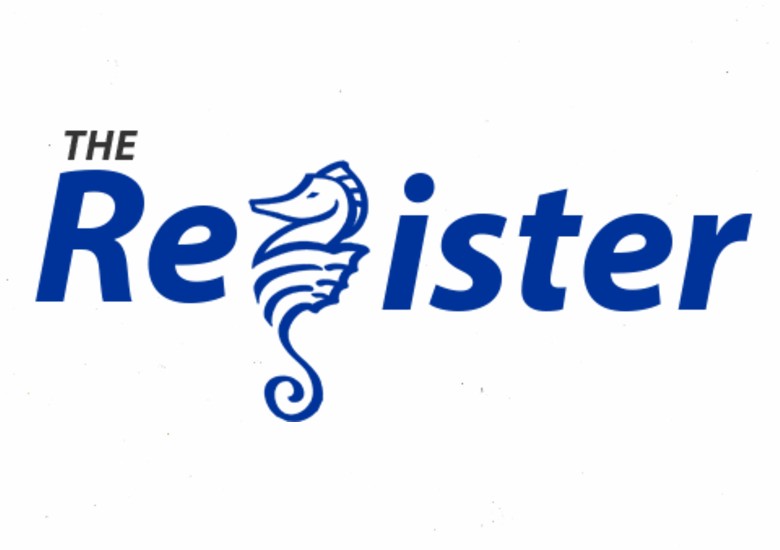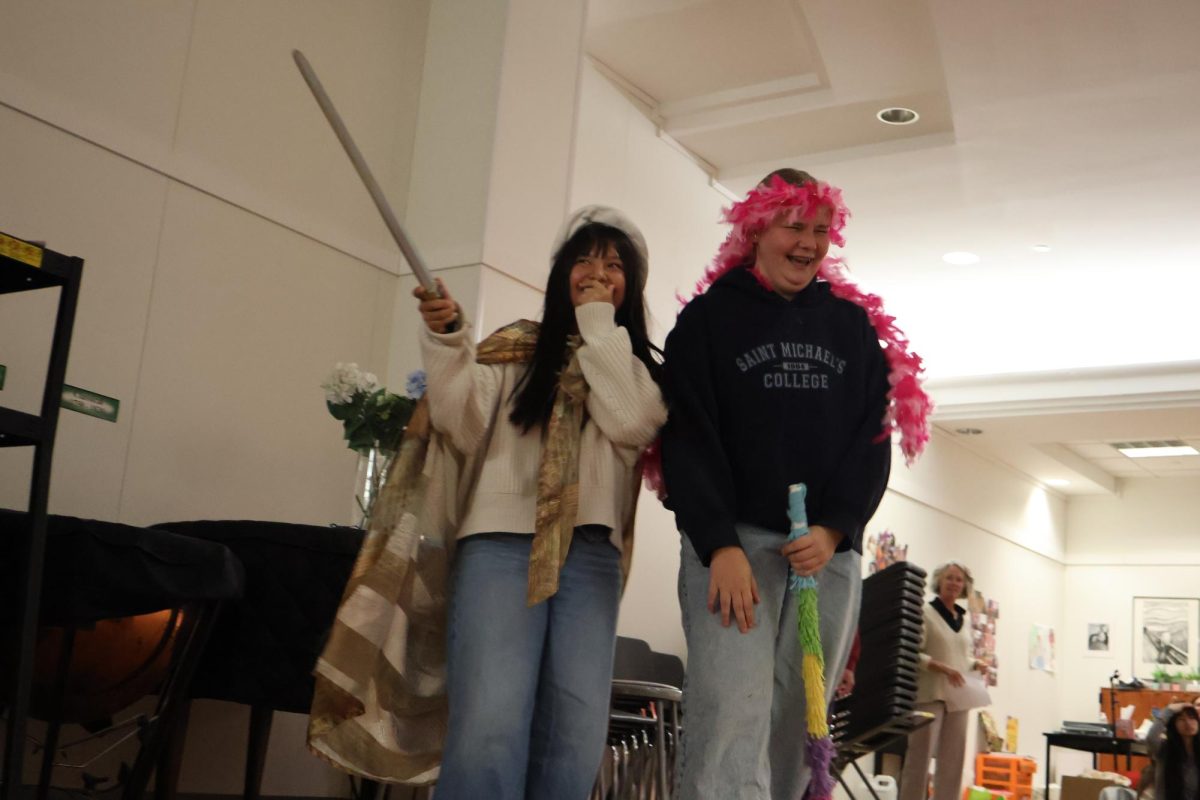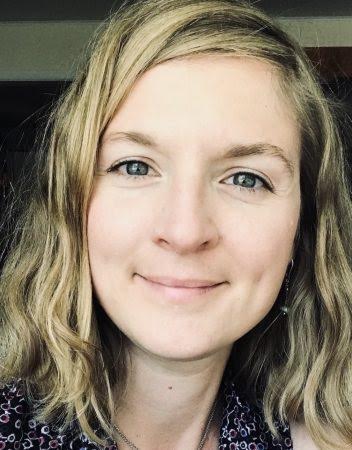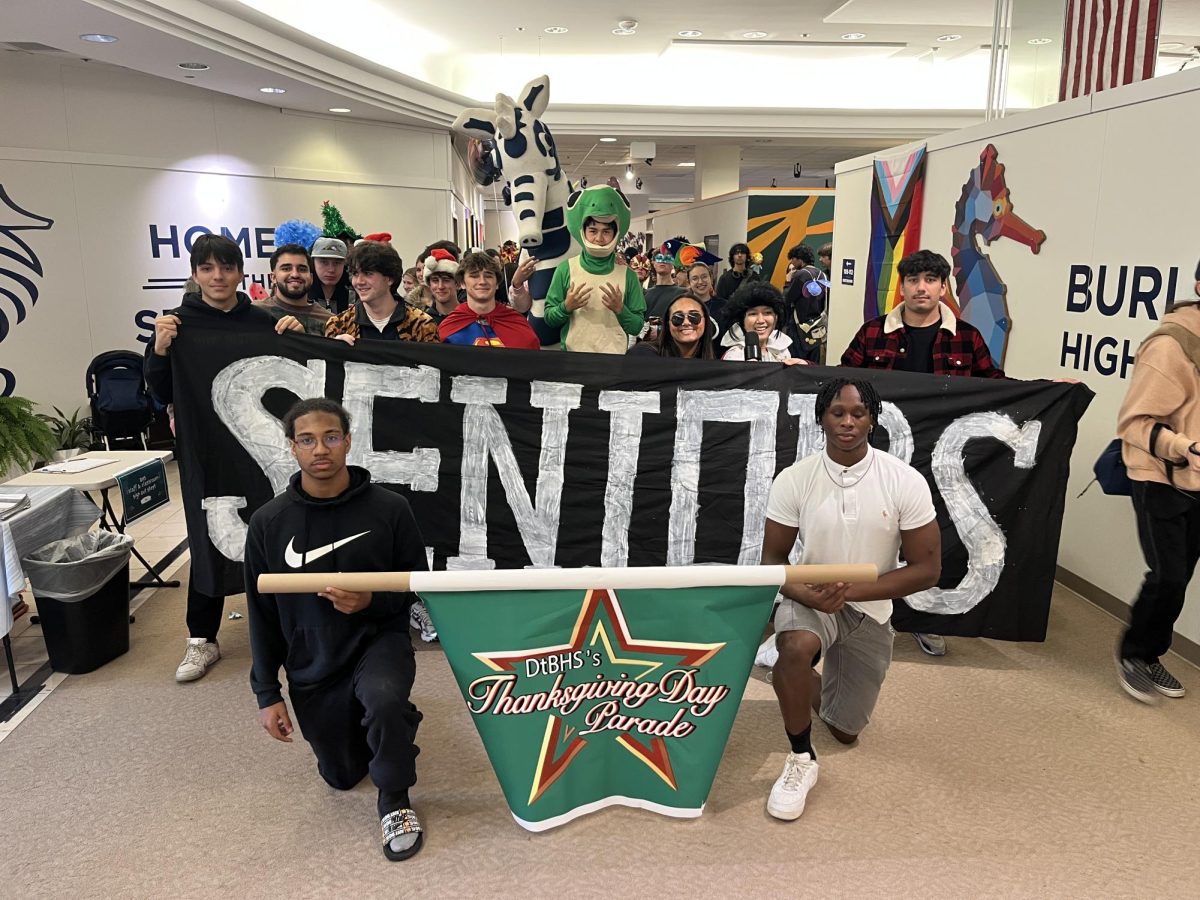How much do students really know when they graduate high school?
For some educators, this question has propelled a new system of teaching: proficiency-based learning.
“The fact that students can’t necessarily tell you what they’re learning and why they’re learning it seems like a flaw to me,” said Jocelyn Fletcher Scheuch, the proficiency-based learning coordinator at Burlington High School.
Proficiency or standards-based learning is a method of teaching utilizing clear learning goals. Students have multiple chances to reach a set of proficiencies in order to progress in a course and work towards graduation. They are provided with practice time in class and multiple ways to demonstrate their learning. Teachers are expected to provide frequent feedback.
This school year marks the start for full-implementation at BHS. Current freshman will be the first to graduate with a proficiency-based diploma in 2020. The switch comes under Act 77, a Vermont law mandating that public schools provide flexible and personalized pathways towards progression and graduation.
Vermont is not the first state to turn towards a proficiency-based education, as the teaching practice is making gains nationwide. Neighboring New Hampshire became one of the first to pioneer the concept in 2005 and eliminated letter grades, known as Carnegie units. All 50 U.S. states have elements of proficiency-based practices in place, according to It’s About Time, a handbook published by Oregon non-profit Business Education Compact.
BHS freshman classes now have approximately 2-12 course proficiencies, which are the content or skills every student is expected to learn during the timeframe of a course. Examples could include the ability to analyze historical patterns to finding the slope of a line. These standards tie into content-area requirements that are needed to meet the BHS graduate expectations. Traditional credit requirements are still in pace.
Ideally, under a proficiency-based system students can move at their own pace. This could mean potentially progressing faster and moving out earlier in a course.
Fletcher Scheuch said that the new teaching style has been difficult for everyone to adapt to.
“A huge drawback is that it’s not easy and it’s not familiar,” she said. “Change is hard, so it feels scary for students and teachers.”
Math teacher Scott Hubbard has some concerns about the system, but is open to seeing how it works. He teaches two freshman Algebra I classes, which both use proficiencies that were determined together by the BHS Algebra teachers. This is not something Hubbard has implemented in any of his upper year courses.
“Sometimes it gives people a false sense of understanding when everybody is successful,” he said. “In real life you don’t get two or three chances to get something right.”
He believes that more professional development should be focused on teaching and creating good instructional practices.
For teachers like Hubbard, grading was a challenge as the first quarter came to a close. Teachers were confused of what to do if a student had yet to reach a proficiency. The end result was a multitude of low grades or incompletes, with the intention of changing the grade later in the year, once proficiency has been reached.
“We need to think of grades as more of a snapshot and less as a final thing,” Fletcher Scheuch said.
Teachers are still in the process of determining how to translate the new system into traditional “letter-grades.” Reaching proficiency typically results in a B, according to Fletcher Scheuch. Personally, she would like to see an elementary school type report card, which measures progress for a variety of tasks, but that is not something the school is moving towards at this time.
Students also have the opportunity to show learning in multiple ways, whether it be at an internship, college course, or independent study.
Gayle Botelho, the district’s 6-12 grade personalized learning plan (PLP) coordinator, is the person working on this approach. Her position also comes as a result of Act 77.
“PLPs provide students with some more voice,” she said. “They are an opportunity to engage in student-centered learning, alternative pathways and experiences beyond the walls of a classroom.”
Botelho has been working with the school board’s curriculum director and middle school educators on implementing PLPs. They are expected to be in seventh grade and continue until graduation.
What happens if someone does not reach proficiency? That is a question that Fletcher Scheuch is still figuring out. She said that the English Language Learning Department is concerned about the impact the new system will have on their students.
“We’ve always found ways to honor growth. How do we do that in a proficiency-based system?” Fletcher Scheuch said.
This question is one of many amongst teachers and students, which is prompting her to work towards a more schoolwide system.
Going forward, BHS students may have a culminating senior project or portfolio, which would demonstrate successfully meeting the graduate expectations. They will be notified by junior year if this were to be implemented.
Communication has been a challenge for Fletcher Scheuch. She is working towards a proficiency-based handbook and an information night for parents and community members.
“Parents feel it’s not transparent enough and not happening fast enough,” she said.
Signe Daly, a parent of a BHS freshman, is enthusiastic about the new system, and hopes and the change can progress at a quicker rate.
“I think it’s a big learning curve for teachers and students, but it’s moving us towards personalized learning,” she said.
Daly, who is also a substitute teacher and former parent volunteer with the Partnership for Change, hopes to see Carnegie units go away in the next few years. She believes that that the traditional grading system does not allow for full proficiency-based learning to occur. Nonetheless, she is pleased with the initial progress, as both a parent and community member.
“I feel excited that Burlington is willing to make these changes,” she said. “Once you make that switch, I can’t imagine going back.”
